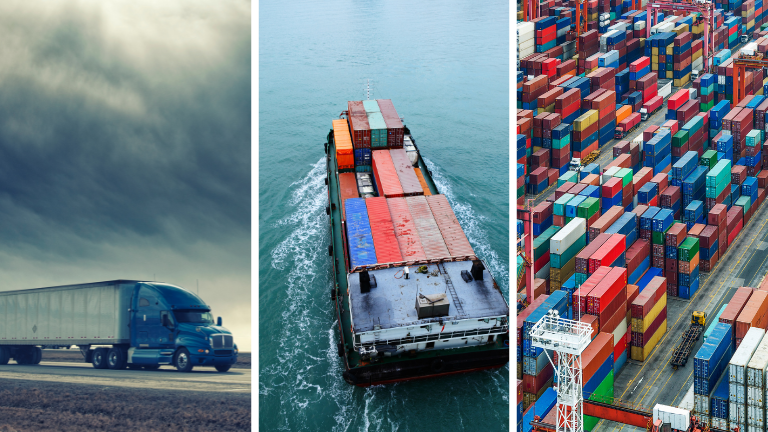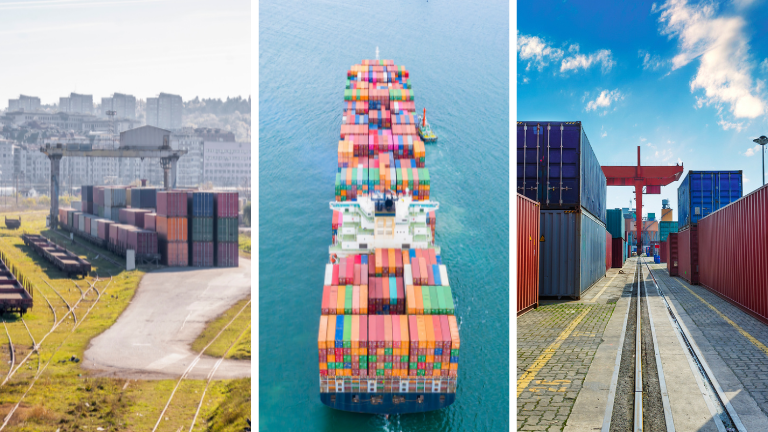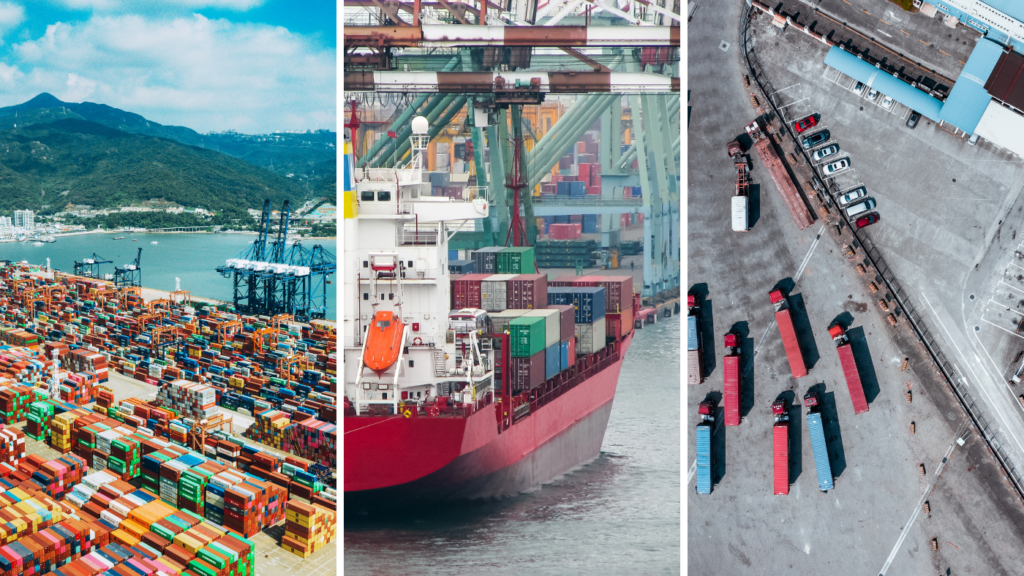FEU: Forty-foot Equivalent Unit
Introduction to FEU (Forty-foot Equivalent Unit)
The Forty-foot Equivalent Unit (FEU) is a standardized unit of measure within the shipping and logistics sector. It refers to a container that is 40 feet long, establishing a common reference for shipping space and costs. The term is ubiquitous across the shipping industry, setting the stage for an efficient, consistent, and transparent process.


The Specifics of FEU Dimensions and Capacity
A standard FEU measures 40 feet in length, 8 feet in width, and has a height of 8.6 feet. This translates into a capacity of approximately 2,390 cubic feet or 67.7 cubic meters. However, the FEU is not limited to these dimensions; there are specialized variants, such as high-cube FEUs that offer additional height for specific shipping needs.
The Practical Role of FEU in Shipping Operations
The concept of FEU streamlines various aspects of shipping logistics. Here’s how:
Standardization
The FEU unit standardizes metrics, offering a level playing field for all stakeholders, including shipping lines, freight forwarders, and customers.
Simplified Costing
Shipping costs are frequently assessed per FEU, offering a transparent and straightforward method to comprehend and equate shipping charges.
Space Optimization
FEU units allow for efficient utilization of shipping space, whether in port or at sea, facilitating more effective inventory management and logistical planning.


Advantages and Challenges of Using FEU
Advantages
- Streamlines logistical complexities.
- Enables transparent costing.
- Aids in efficient space utilization.
Challenges
- The FEU unit is not flexible for all kinds of shipments.
- For smaller volumes, an FEU might not be cost-effective, leading to charges for unused space.
Considerations for Opting for FEU
When considering the use of an FEU, it is vital to evaluate the volume of goods to be shipped and the nature of those goods. For large quantities or bulky items, FEU might be the economical option. However, for smaller shipments, alternative solutions may be more viable. Documentation like the Bill of Lading will specify the number of FEUs to ensure clear and transparent operations.

Contact Us
The world of logistics is complex and full of technical, financial, and business elements. The logistics experts at Phoenix International deliver top-quality freight forwarding service, supported by powerful technology and decades of experience. Contact us and let us know how we can help you!
